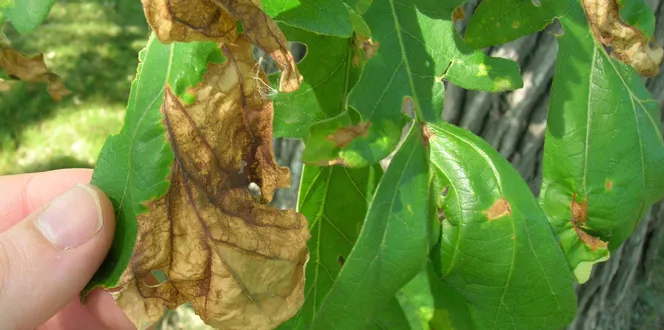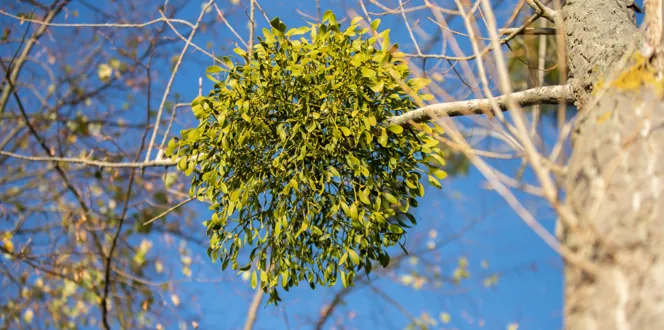Trees. They're shields of protection along the edges of your property. They're Mother Nature's masterpieces in your own backyard. They're beautiful, comforting, And sometimes they're family.
So, removing a tree from your landscape—your life —could be a difficult experience to encounter. But when a tree poses risks to the people and objects in its shade below, the safest thing to do is leave its fate in the hands of a professionally trained arborist.
Below, learn about the telltale signs of a dead tree, and find out what to do when a tree needs to be removed.
When It's Time To Remove A Tree
Diagnosing a dead tree is a two-person task. You and your arborist both play an important role in keeping your yard safe from a hazardous tree.
Signs And Symptoms That Your Tree Is Dead
Here’s what you can do: start by scratching a small piece of bark off of a few twigs on the tree. If the layer underneath the bark is brown and dry, your tree could be in trouble. Continue on to look for other signs of a dead tree, including:
- Decay-producing fungi, such as mushrooms, growing at the base of the trunk
- Chipped or peeling bark and cracks in the trunk
- Cavities in the trunk or large scaffold branches
- Dead or hanging branches in the upper crown
- Fine twigs without living buds near the ends of branches, and which fail to leaf-out in the spring
If you spot one or more of these symptoms, it's time for a professional arborist to step in. Get in touch with one right away, and schedule a tree risk assessment. A certified arborist can help you decide if it’s time to remove your tree or if there’s a chance your prized plant can be saved.
Should I Remove My Tree Or Hire A Professional To Do It?
When you work with a professional arborist, she/he will inspect your tree, assess the need for removal, and provide you with an estimate.
Removing a tree on your own can be very dangerous, especially if you have to climb a ladder with cumbersome tools to remove bulky branches. It is all-too-easy to fall from the ladder, be cut by a tool, or be struck by parts of the tree as you cut them off. Many people are badly hurt or even killed every year trying to work on their own trees. These are just some of the risks that come along with DIY tree removal.
A certified arborist who is licensed, insured, and educated on how to safely remove trees is by far the best person for the job.
Hazards And Safety Issues Regarding A Dead Tree
A dead tree might not “look” like a danger to your property. But once it’s determined that a tree is declining or no longer living, it’s a safety hazard if there are targets nearby—even if it doesn’t have hanging branches, or a leaning trunk to show for it yet.
Dead tree signs are subtle, but they should always be taken seriously. A dead tree poses a great risk to you and your home because it’s particularly weak and will quickly lose strength over time. It can lose branches or tip over in a storm and severely damage your home or property. The scariest part is that dead trees are completely unpredictable. There’s no way to tell if a storm coming up next week or next year will lead them to their breaking point, or if they’ll come down on their own on a calm day.
And that’s just one of the reasons to remove a dead tree. If a pest or disease prompted the tree’s decline, it’s critical to remove it so nearby trees aren’t at risk of infestation and infection.
Safely removing a dead tree protects you and your landscape from these hazards and leaves room for you to bring new life to your landscape.





